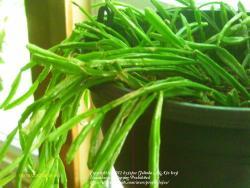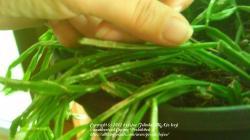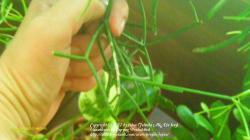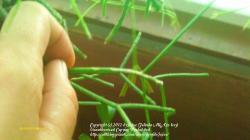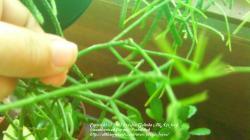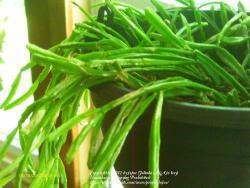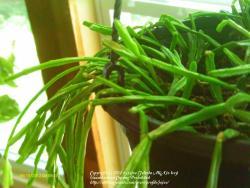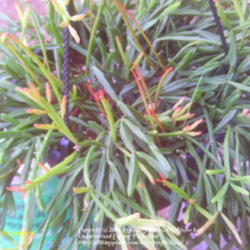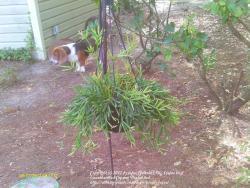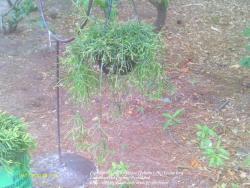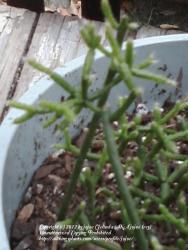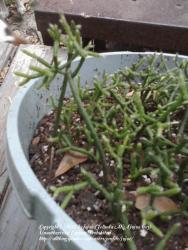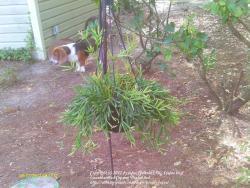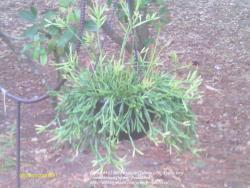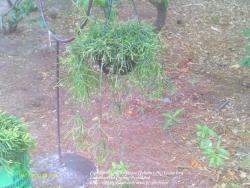Jelinda, I think we may have crossed paths before, but don't recall for sure. I always have problems deciding where to post about Rhipsalis and family, as they don't always fit in an easy category. Used to be on DG, but could not afford to renew this time, so not there anymore.
I spend a lot of time on rhipsalis.com, studying the data there. Ken and Derek have done a great job of compiling the available information regarding identifying Rhipsalis. They are friendly and helpful as well, but , as we know, it is difficult to ID these plants. It can be very frustrating.
I spent more than a year tracking my sulcata and ewaldiana, trying to ID them. The sulcata was purchased as "Rhipsalis sp", in other words a no-id. The ewaldiana came from Ken, whole told me that ewaldiana was not normally available commercially. His ewaldiana looked vegetatively different from my sulcata, but as the plant grew under my conditions, it looked identical to the sulcata in the new growth. To add to the confusion, the plants in the stores, seen occasionally, started to be labeled "ewaldiana"
I eventually decided that sulcata was sulcata, due to the way the short stems grow on the longer stems (hard to describe properly, but after looking at them awhile you can see the pattern) which is different from sulcata. Finally, this summer, both sulcata and ewaldiana bloomed and set fruit. That was the distinguishing factor that confirmed the ID's.
An additional confusion at this point is recent plants in the stores have the label of R. ewaldiana, but I have trouble when I see them deciding if they are sulcata or ewaldiana. Could be either until you see the fruit or see them grow for awhile.
Here's a pic of R. ewaldiana with a young red fruit. The fruits end up being more round and less elongated as they mature.
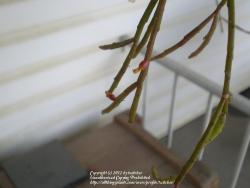
Here's fruit of R. sulcata, which remain white.
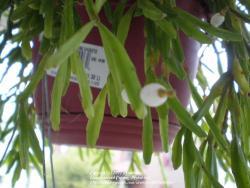
Want to talk some about your second plant. Have some issues with the name, but that's another complicated one. Let's talk about that one in another post?
I spend most of my time in the summer with the small fruits, veggies and sempervivum/heuffelii's. During the winter, my attention goes to the Rhipsalis, due in part to the effort of keeping them going indoors. They go out for the summer, where I just water them and try to grab pictures. Have to bring them in and find places for them during the fall, which is always more difficult as they grow bigger each year.
-t
[Edited to fix a mistake in the original post. Ewaldiana fruit are pinkish while R. sulcata fruit are white. This is the easiest way to tell them apart. To date, I have not run into anything suggesting fruit color varies in either species, so the color of the fruit you get is the easiest way to separate these two species.]
